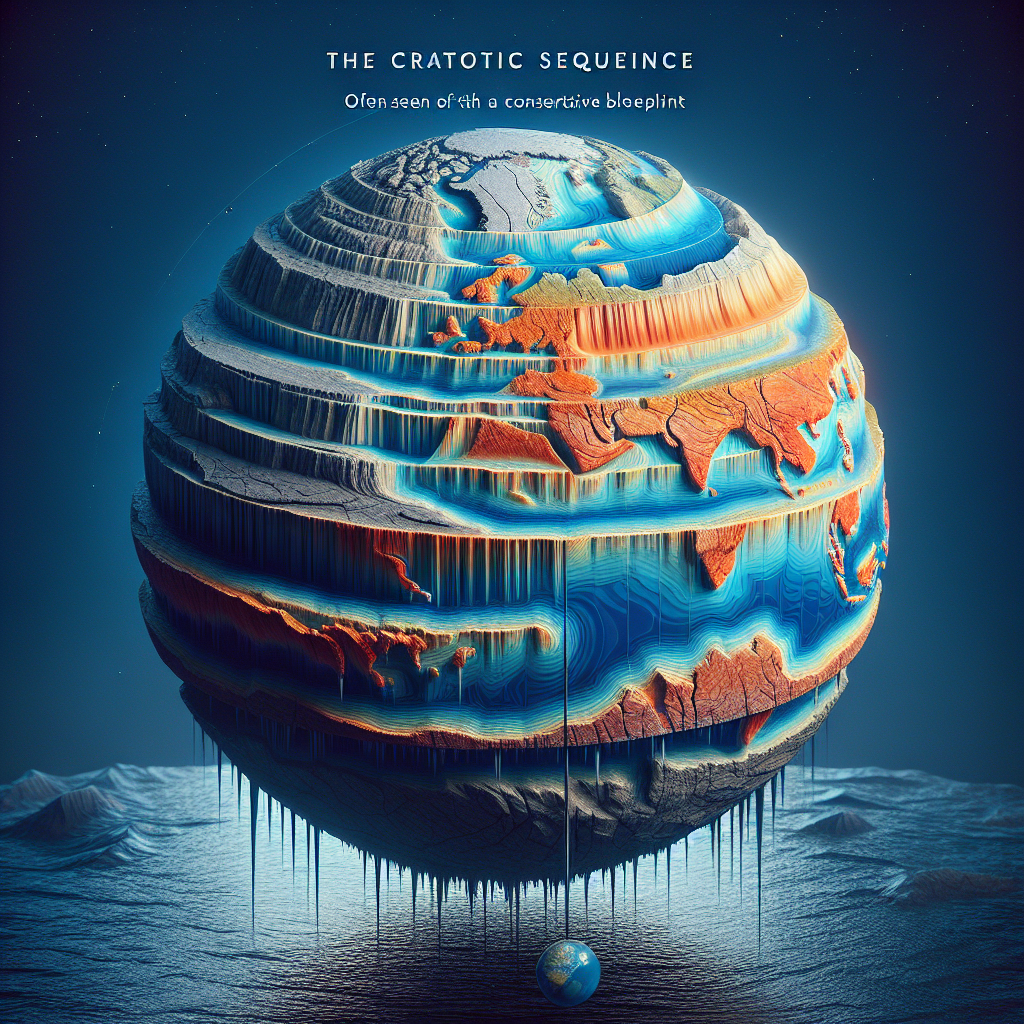In the rock concert that is Earth’s history, cratonic sequences are like the setlists that guide us through each performance. These sequences are vast layers of sedimentary rock, showcasing how sea levels have risen and fallen over millions of years. Found primarily on cratons—large, ancient chunks of continental crust that have remained stable for eons—these sequences help geoscientists understand how past environments have evolved. From the Cambrian period, starting around 541 million years ago, to as recent as a few million years back, these rock formations talk about Earth's story in a language full of sands, muds, and more.
Cratonic sequences are not just about rocks; they help narrate a tale of survival and adaptation. They reveal how life forms had to adapt to changing conditions, responding not just to physical shifts but also to alterations in global ecosystems. The cratonic narrative underpins the complex web of our planet’s history, and it's fascinating to see how these ancient events are mirrored in modern environmental challenges. Some argue that understanding these sequences is crucial for deciphering climate patterns and predicting future changes, while skeptics question the reliability of rock records because of their immense age and the potential for gaps.
Imagine needing to piece together a family history from a few old photographs and letters. That’s similar to what geologists face with cratonic sequences. These geological layers were deposited during transgressions (times when seas moved inward) and regressions (periods when seas pulled back). The famous Transcontinental Arch experienced such fluctuations, leaving behind records in regions now called the Williston Basin, Illinois Basin, and beyond. It's like Mother Nature playing Jenga with water, reshaping landscapes and living systems. Evolution didn't stop for a bathroom break; species had to adapt to these changes or face extinction, much like our ongoing struggle with climate change today.
Talking to the rocks feels poetic, but scientists use advanced techniques like stratigraphy and paleontology to read this prehistoric script. By studying the fossils embedded within these sequences, scientists look back at ancient biodiversity—a reminder that Earth has seen its fair share of extinctions and speciation bursts. If we gaze into the deep time, we glimpse how ecosystems have frantically rebuilt themselves after various cataclysms, a saga many hope won’t be paralleled by today's climate crisis.
There is an ongoing conversation in academia and the sciences about the validity and significance of these rock sequences. Advocates for their study highlight their potential for teaching us about natural oscillations in sea levels and the corresponding climate changes. They argue that these lessons are crucial as we face the realities of anthropogenic impacts. Detractors point out that interpreting such ancient data can be speculative. After all, time-effaced records render lots of guessing involved. Dissenters also emphasize that each cratonic region may record unique histories, complicating any unified narrative.
For Gen Z especially, these geological stories echo with cautionary tales and whispers of resilience. Since our generation is keenly focused on sustainability, social justice, and crafting a stable future, learning from cratonic sequences resonates on multiple levels. History has shown that life forms, including humans, can adapt; the question remains about the speed and extent of these inevitable future shifts. The rock records encourage us to be mindful stewards and innovators, respecting the Earth’s storied past in our quest for a sustainable tomorrow.
Cratonic sequences also intersect with industry, particularly in resources like fossil fuels. Understanding sedimentary processes is crucial for locating oil and gas reserves. While this approach underpins economic growth and energy needs, it also invites ethical considerations about energy consumption’s impact on the environment. Some purport that such reliance hinders progress toward renewable sources in the era of climate change. As Gen Z increasingly advocates for green tech and clean energy, examining cratonic sequences also means scrutinizing how those layers past helped fuel current energy debates.
In a world eager for quick fixes and instant information, the patient storytelling of cratonic sequences contrasts sharply. However, they remind us that Earth's processes are old and evolving, and our understanding of them is still young. They offer a landscape to explore patience, tolerance, and learning from history. As exciting as they are complex, these rock records challenge us to acknowledge the past intricacies that guided present landscapes and will influence future terrains. With the crescendo of climate consciousness and ongoing technological growth, how we interpret these ancient signs, and the directions they guide us, are up to the coming generations to decide.

